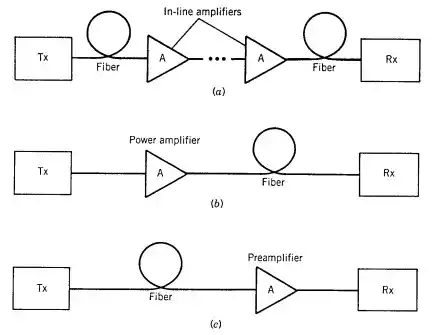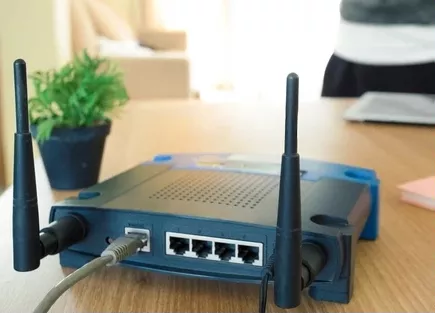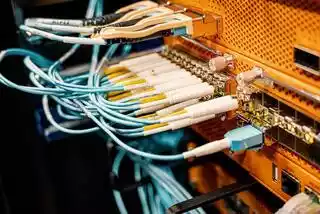What is a Multicast Address? With Examples and Applications
When it comes to transmitting data to multiple recipients simultaneously, multicast addresses serve as a valuable tool.
In this article, we will look into the concept of multicast addresses, providing clear examples and exploring their diverse applications.
Table of Contents
Multicast Addresses
A multicast address is a special type of IP address specifically designed to transmit a single datagram to multiple destinations simultaneously.
It serves as an efficient means of communication, enabling the delivery of information to a select group of recipients within a network.
Multicast addresses are identified within a specific range, ranging from 224.0.0.0 to 239.255.255.255.
These addresses are reserved for multicast communication and have unique characteristics that distinguish them from unicast and broadcast addresses.
The Significance of Multicast Addresses
The use of multicast addresses provides several advantages over traditional unicast and broadcast communication methods.
When data is transmitted using multicast addresses, the network infrastructure efficiently distributes the information only to those devices subscribed to the multicast group.
This approach conserves network bandwidth and reduces unnecessary data transmission, making it ideal for applications where simultaneous delivery is crucial.
Multicast Address for Hosts
An example of a multicast address is 224.0.0.1. This address is reserved for all hosts on the same network segment.
In practical terms, it can be used to broadcast messages to all devices connected to a local network.
For instance, in a company’s intranet environment, important announcements or updates can be efficiently disseminated using this multicast address, ensuring that the information reaches all devices within the network segment.
Multicast Address for Routers
Another example of a multicast address is 224.0.0.2, which is reserved for all routers on the same network segment.
This multicast address is commonly utilized for exchanging routing updates and other essential messages between routers.
By using this address, routers can efficiently share critical network information, ensuring the proper functioning and optimization of the network infrastructure.
Multicast Addresses and Their Applications
Multicast addresses find extensive applications in various domains. Let’s look at some of the key areas where multicast communication plays a significant role:
Video Streaming
Multicast addresses enable efficient video streaming over a network. By utilizing multicast technology, video content can be transmitted to multiple recipients simultaneously, optimizing bandwidth usage and ensuring seamless playback for viewers.
Audio Conferencing
In audio conferencing scenarios, multicast addresses facilitate real-time communication among multiple participants.
By employing multicast, audio data can be transmitted efficiently, enabling smooth and synchronized conversations across the network.
File Sharing
Multicast addresses also play a crucial role in file sharing applications. With multicast, a file can be disseminated to a group of recipients simultaneously, improving the efficiency and speed of file distribution.
Network Management
Multicast addresses find applications in network management tasks. By utilizing multicast technology, network administrators can efficiently communicate with network devices, configure settings, and collect valuable information for monitoring and maintenance purposes.
Distributed Computing
In distributed computing environments, multicast addresses are instrumental in coordinating tasks and exchanging information among distributed nodes.
This efficient communication mechanism enables seamless collaboration and data sharing within complex computing systems.
Other Examples Multicast Addresses
Here are a few more examples of multicast addresses and their designated purposes:
- 224.0.1.0: All OSPF (Open Shortest Path First) routers
- 224.0.2.0: All RIPv2 (Routing Information Protocol Version 2) routers
- 224.0.251.251: Multicast DNS (Domain Name System)
- 239.255.255.250: All hosts on the Internet
These examples demonstrate the diverse range of applications and functionalities multicast addresses provide within a network infrastructure.
Wrap Up
Multicast addresses offer a powerful solution for efficient and scalable network communication.
By using these special IP addresses, network administrators and developers can optimize bandwidth usage, reduce network congestion, and enable simultaneous data transmission to multiple recipients.
Frequently Asked Questions (FAQs)
- How do multicast addresses differ from unicast and broadcast addresses? Multicast addresses enable the transmission of data to multiple recipients simultaneously, unlike unicast addresses that send data to a single recipient or broadcast addresses that send data to all devices within a network segment.
- Are multicast addresses limited to specific network sizes? No, multicast addresses can be utilized in networks of all sizes, from local area networks (LANs) to wide area networks (WANs).
They provide an efficient means of communication regardless of network scale. - Can multicast addresses be used for secure communication? While multicast addresses themselves do not provide inherent security features, additional encryption and authentication mechanisms can be implemented to ensure secure multicast communication.
- Are there any limitations to the usage of multicast addresses? Multicast addresses rely on network infrastructure support. Network devices such as routers and switches need to be multicast-enabled for proper functioning. In addition, multicast traffic may be filtered or restricted by certain network configurations or firewalls.
- How can I incorporate multicast addresses in my network application? To utilize multicast addresses in your network application, you need to ensure that your application is multicast-aware and properly handles group subscriptions and message distribution.
Utilizing appropriate protocols and libraries for multicast communication is essential for seamless integration.





